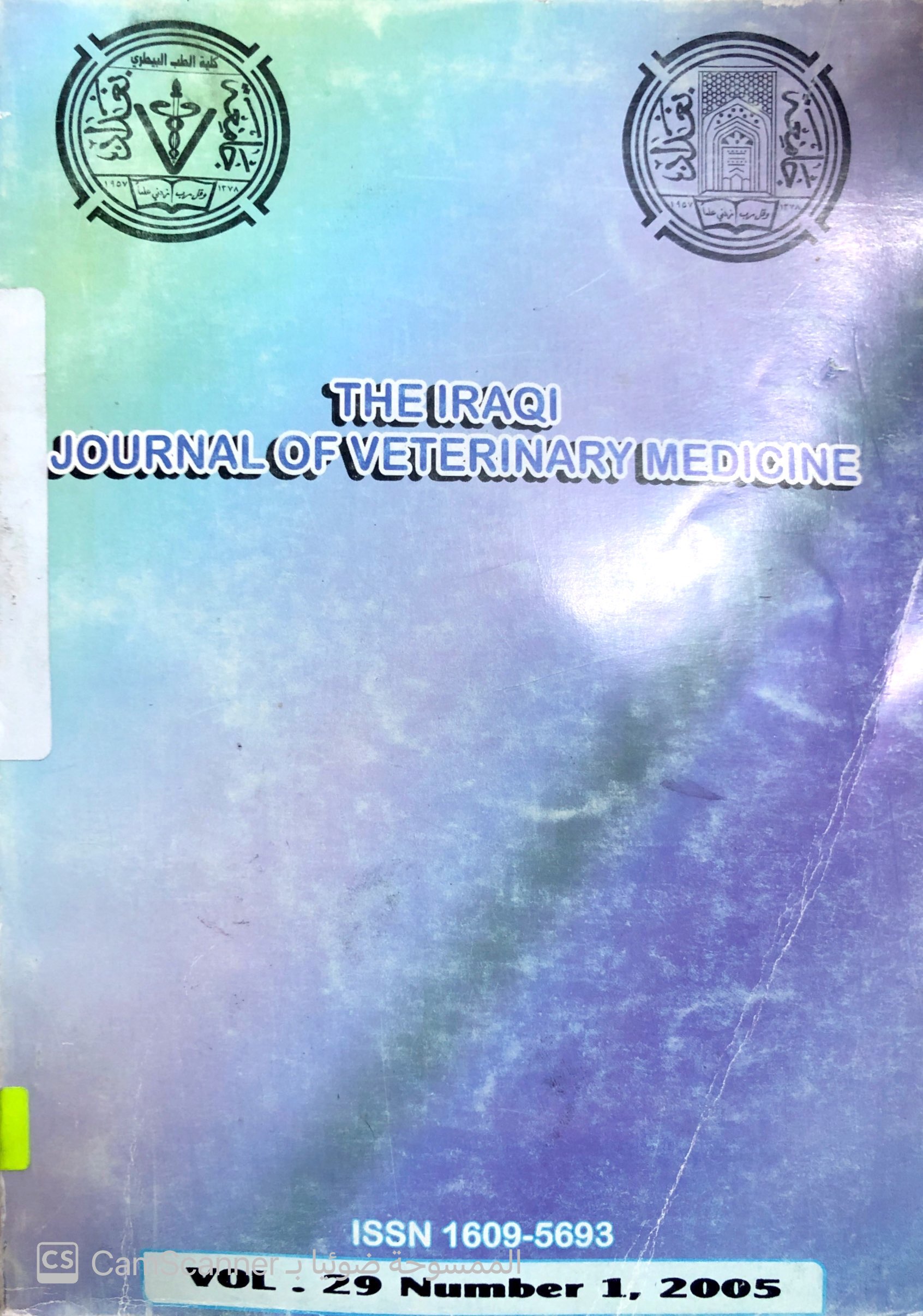The use of vitamin "C" as antioxidant to decrease lesions of atherosclerosis that induced experimentally by hydrogen peroxide in rabbits D.S.Diab , B.S.Toma , K.K.Khudiar
Main Article Content
Abstract
This study was designed to investigate the effect of vitamin C in
alleviating the changes in lipid profile and the atherosclerotic lesions induced
experimentally by (0.5%) H2O2 in drinking water. Twenty four adult males
rabbits were divided randomly into four equal (a control and 3 treated "T")
groups for 19 weeks: 1- The Control group: Which was given normal drinking
water. 2- Group (T1): was given 0.5% H 2O2 in drinking water. 3- Group
(T2): which was handled as T1, in addition to vitamin C (100 mg /kg/day) along
the experiment. 4- Group (T3): was treated as T1 till the atherosclerotic lesions
were established at the week 13, then the animals received 100 mg/kg of vitamin
C daily for 6 weeks. Blood samples were taken at the weeks 5, 13, 16 and 19 of
the experimental period to measure the levels of total cholesterol (TC),
triglycerid (TG), HDL-C, LDL-C and VLDL-C in plasma. Samples of aortic
tissue were taken to study the histopatholpgical changes. The results showed that
H2O2 caused an increase in TC, TG, LDL, VLDL-C and a decrease in HDL-C
concentration in plasma. The histopathological sections showed lesions of
atherosclerosis in the aorta as fatty streaks and foam cells. Moreover, results
showed that treatment with vitamin C caused a dereased in the VLDL-C, LDLC,
TG and TC levels and an increase in the HDL-C concentration in plasma. and
regression of atherosclerotic lesions. Results of the present study suggest that the
oxidative stress (produced by 0.5% H2O2) has an important role in pathogenesis
of atherosclerosis in the rabbits and vitamin C has an important effect in
reducing and preventing some of the oxidative stress changes in lipid profile and
atherosclerotic lesions of the aorta. It is worthed to report that this is the first
study undertaken in using vitamin C as an antioxidant to minimize the oxidative
stress effects of H2O2 in rabbits as a model for atherosclerosis in mammals.





